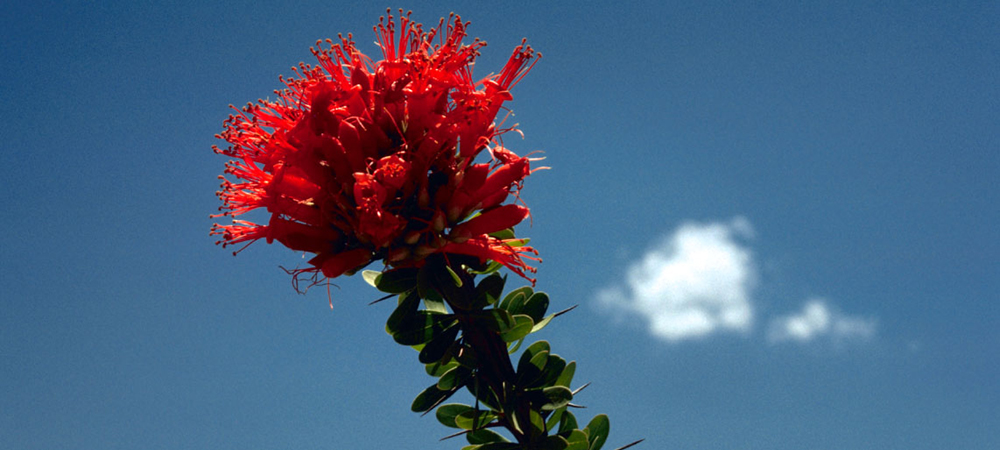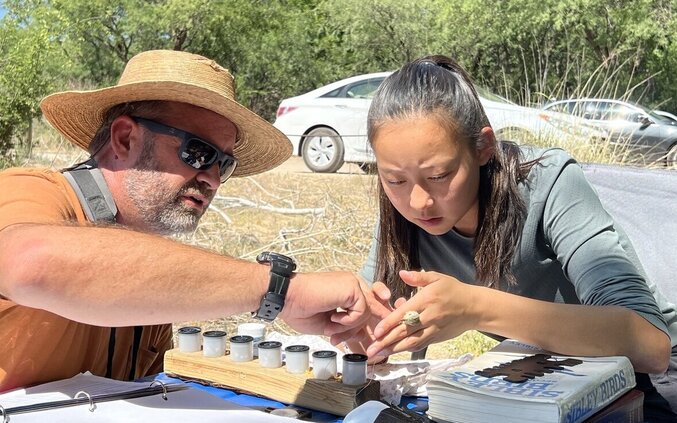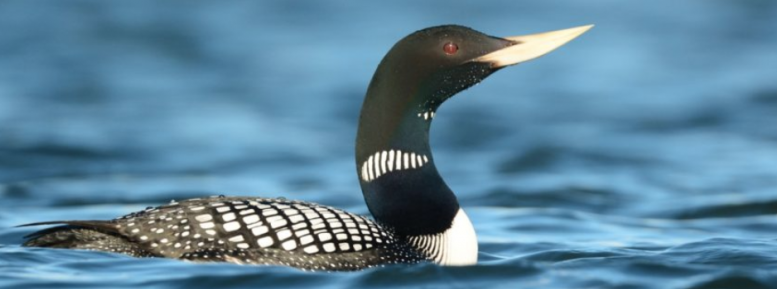Sonoran Joint Venture staff and other partners recently published an article about the status of climate change research for bird conservation in Mexico in HUITZIL, the Mexican ornithology journal.Global climate change is affecting the world’s biodiversity. In Mexico, several lines of research have been developed to forecast the effects of climate change on bird distributions. Knowing which methods are used in Mexico to study the phenomenon can help us to better plan our conservation efforts, determine which species and sites could be most affected, establish which sites and projects must receive more attention to mitigate climate change impacts, and assign limited economic resources in a more efficient way. Here we explore the different approaches used by eight research groups that study the effects of climate change on Mexican avifauna. To date, 87.5% of these groups used three climate change scenarios: A1B, A2 and B2. All groups except one used climatic variables gathered from WorldClim. Further, 62.5 % of the groups use the Canadian (CCCMA) and Australian (CSIRO) general circulatory models and 65% use GARP and MaxEnt species distribution models.
There is a need to
- develop climatic maps with higher resolution,
- increase collaboration among research groups,
- identify individual species and areas at major risk, and
- apply the knowledge already obtained. We propose 17 recommendations for the development of future studies of the effects of global climate change on birds in Mexico.
The results of this work could allow policy makers and land managers to plan the most appropriate conservation strategies for the future.






